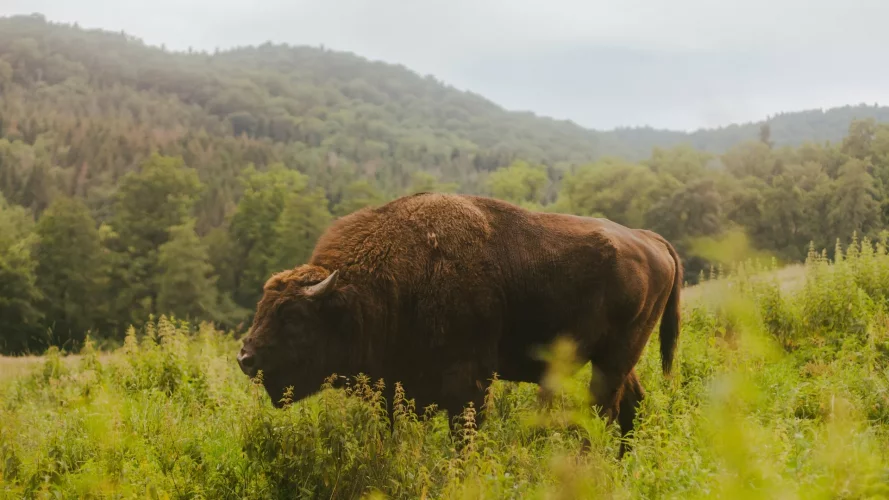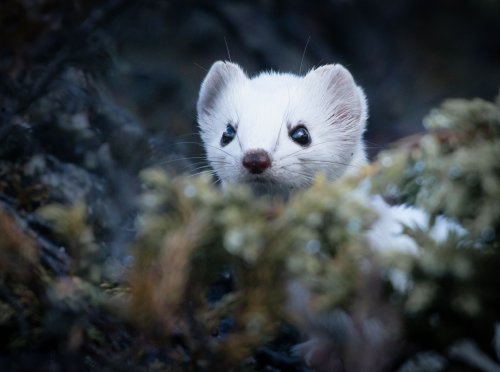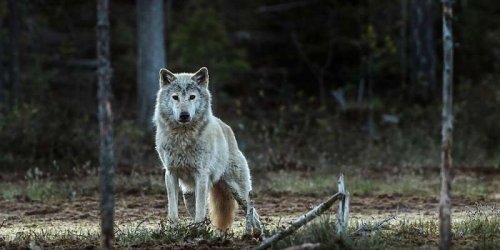A population of 170 European bison introduced to the mountains of Romania during rewilding can help capture and store carbon in the same amount as up to 84,000 average American gasoline cars each year.
This is according to a new study by Yale University, cited by Euronews.
Scientists say that by grazing on 48 square kilometers of grassland in a wider 300-square-kilometer landscape, the reintroduced bison helped capture an additional 54,000 tons of carbon each year. That's about 10 times the amount the ecosystem would have captured without them.
Why did bison disappear and how did they reappear?
The European bison was almost exterminated across the continent due to rampant hunting between the 17th and 19th centuries. Rewilding Europe and WWF Romania have been working to restore its population in Romania more than 200 years after its disappearance, reintroducing the animals to the Carpathians in 2014. This is one of a number of successful reintroduction projects helping these large herbivores return to their historic ranges.
The number of bison population in the mountains of Romania has now increased to 170 individuals – it is one of the largest herds of bison that roam freely in Europe.
How was the effect of bison rewilding calculated?
Scientists at the Yale School of the Environment in the US have developed a new computer model to calculate the exact amount of atmospheric CO2 that wild animal species help capture and store. With its help, they plan to develop new methods for predicting the additional carbon sequestered if the landscape or seascape is restored.
The model uses information from field studies about the different ways animals can affect carbon uptake and storage in ecosystems. The analysis shows that the presence of animals fundamentally changes the relationship between microbes, plants and the environment. This, in turn, changes the amount of carbon these ecosystems can capture and store.
"Our work shows that wild animals can significantly increase the carbon budget of an ecosystem by 60-90%, and sometimes even more, compared to cases when these animals are absent. This could potentially protect and increase carbon capture and storage in ecosystems worldwide by at least 6.4 billion tonnes per year.
This figure rivals each of the IPCC's (Intergovernmental Panel on Climate Change) 5 major steps to rapidly reduce net emissions, including a rapid transition to solar and wind technologies," says Professor Oswald Schmitz of the Yale School of the Environment, lead author of the report and model developer.
Previously, EcoPolitic wrote about the fact that in Zakarpattia they met bison, which were considered missing.
We also reported on rewilding activities in the Danube Biosphere Reserve: added 6 new water buffaloes to the local herd.





